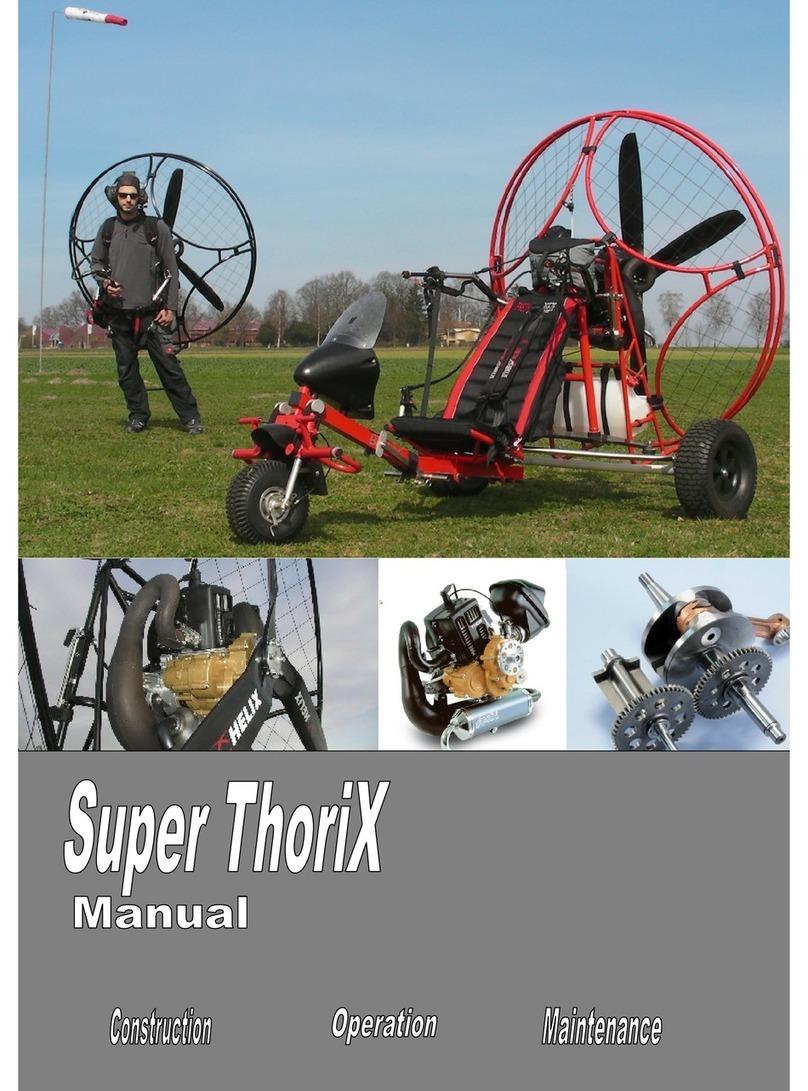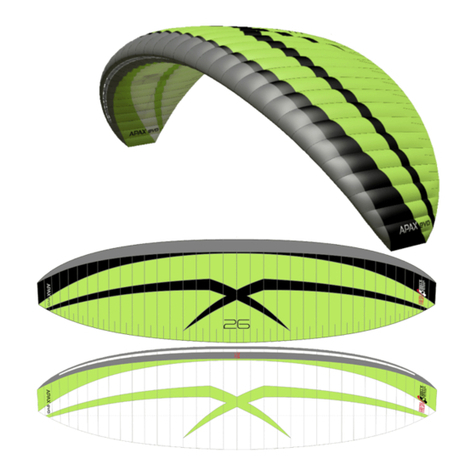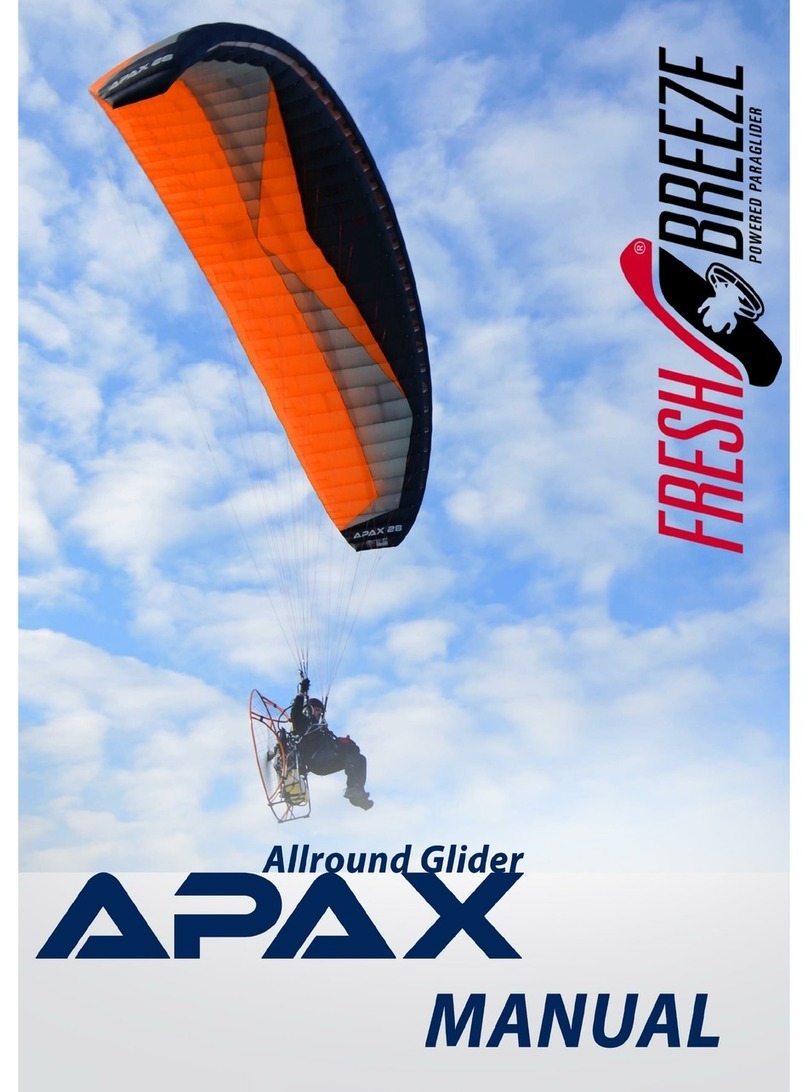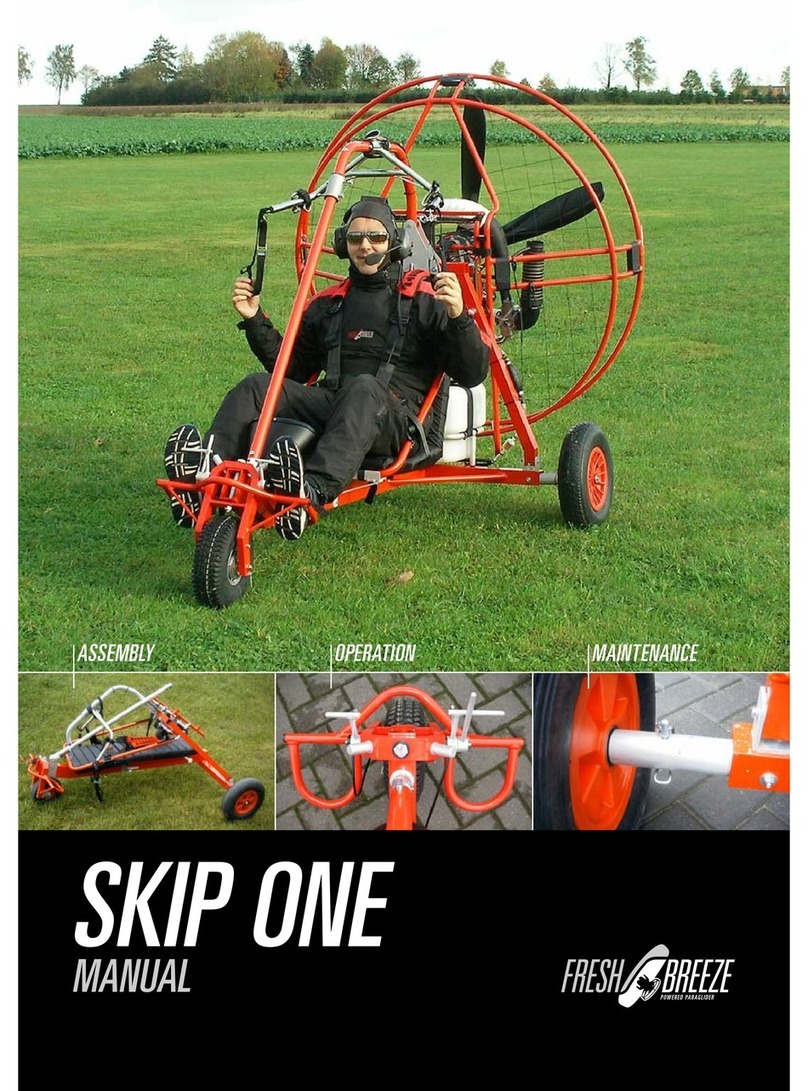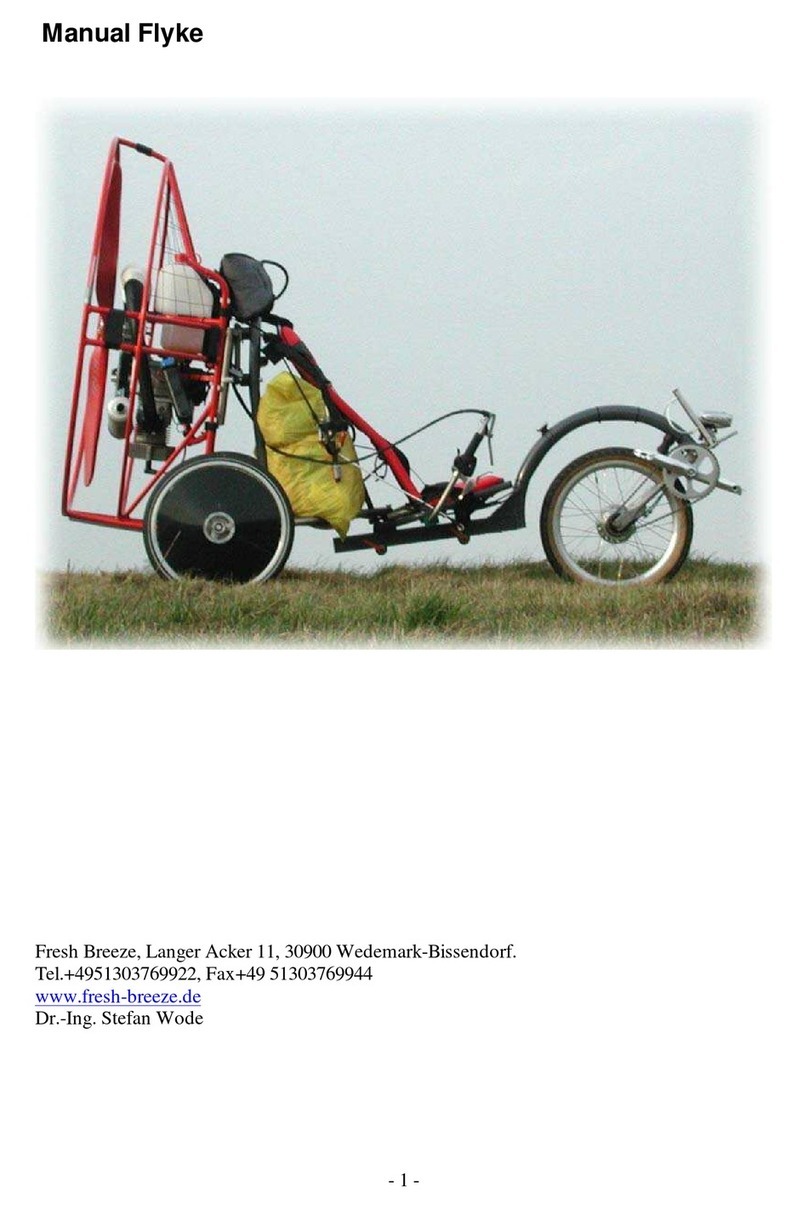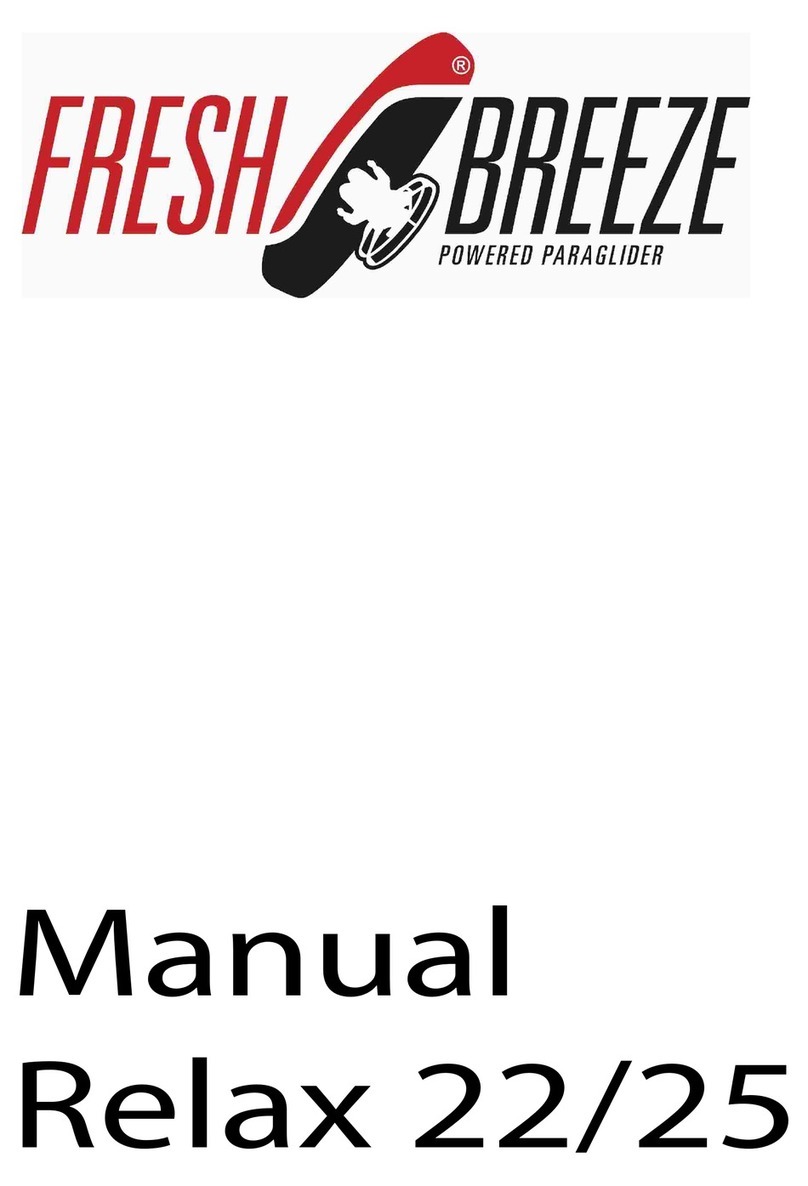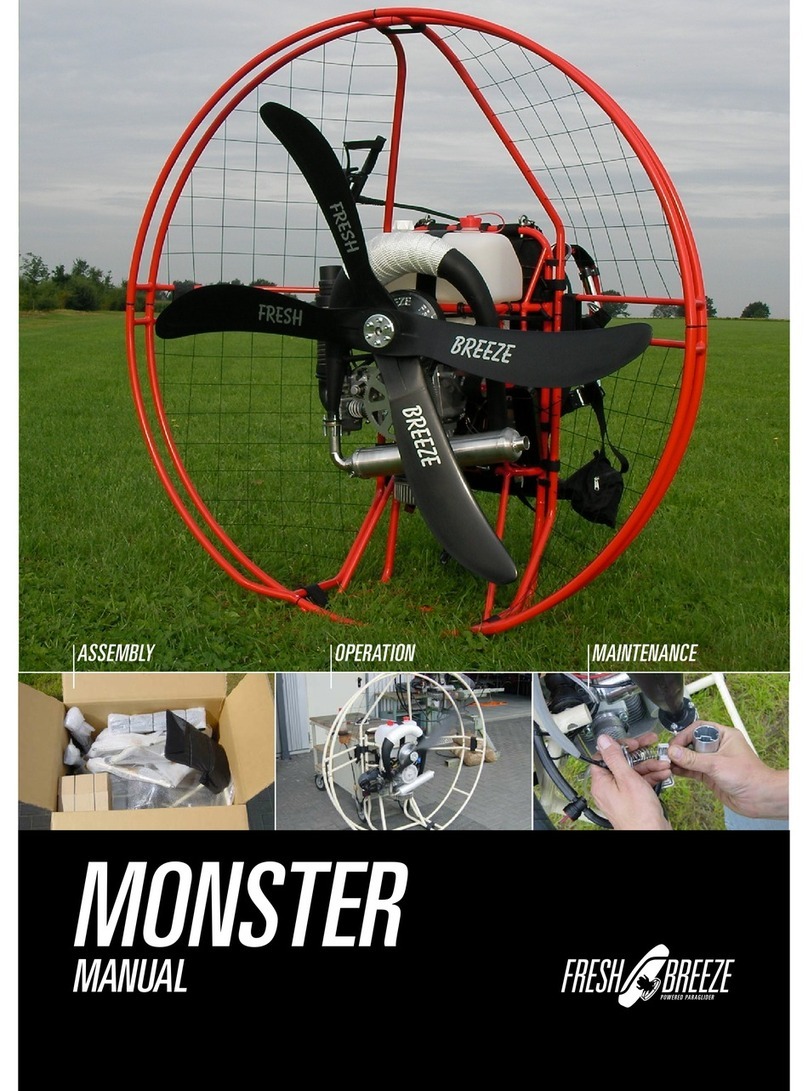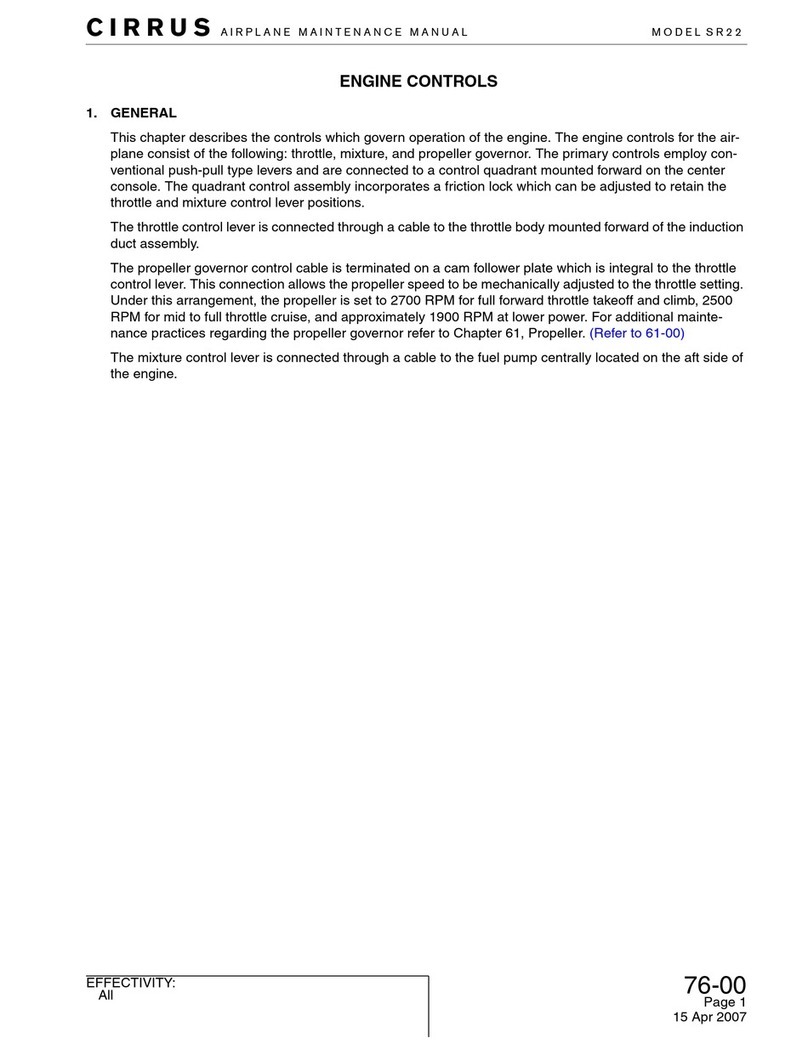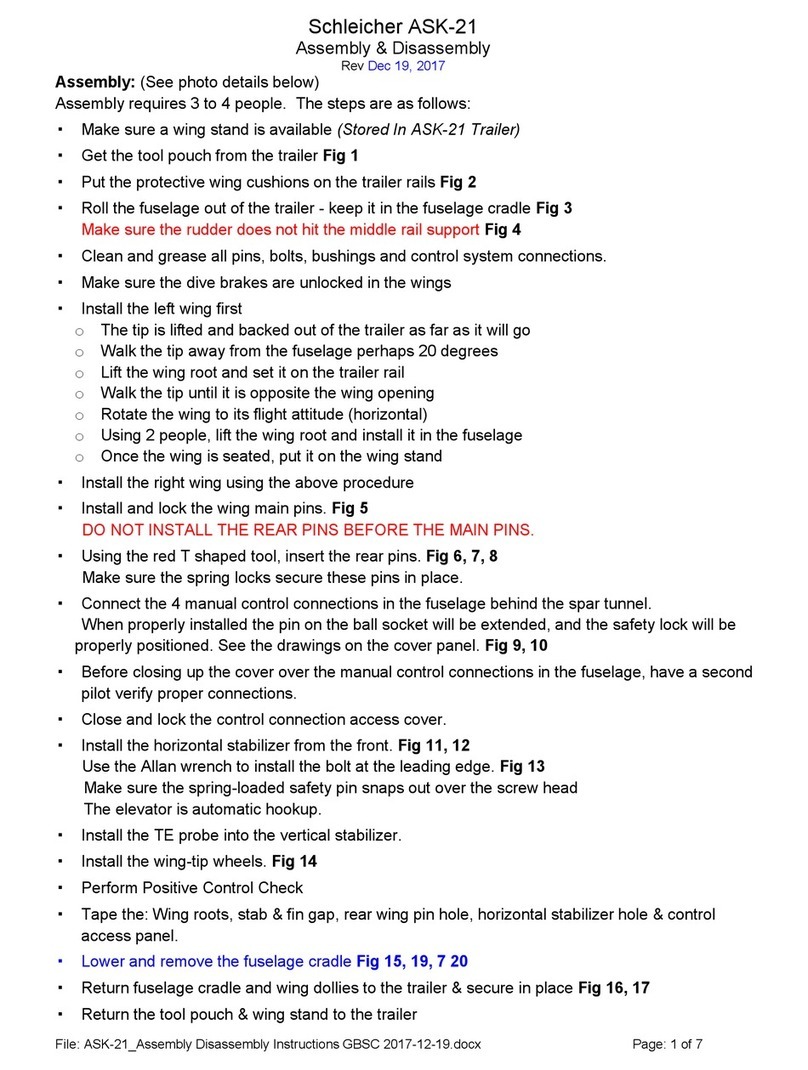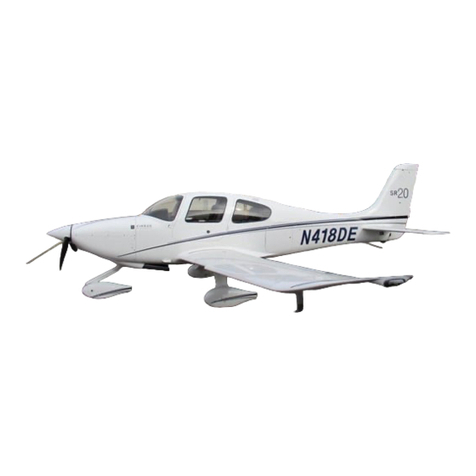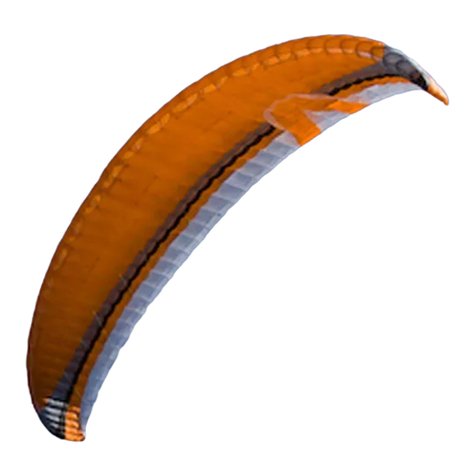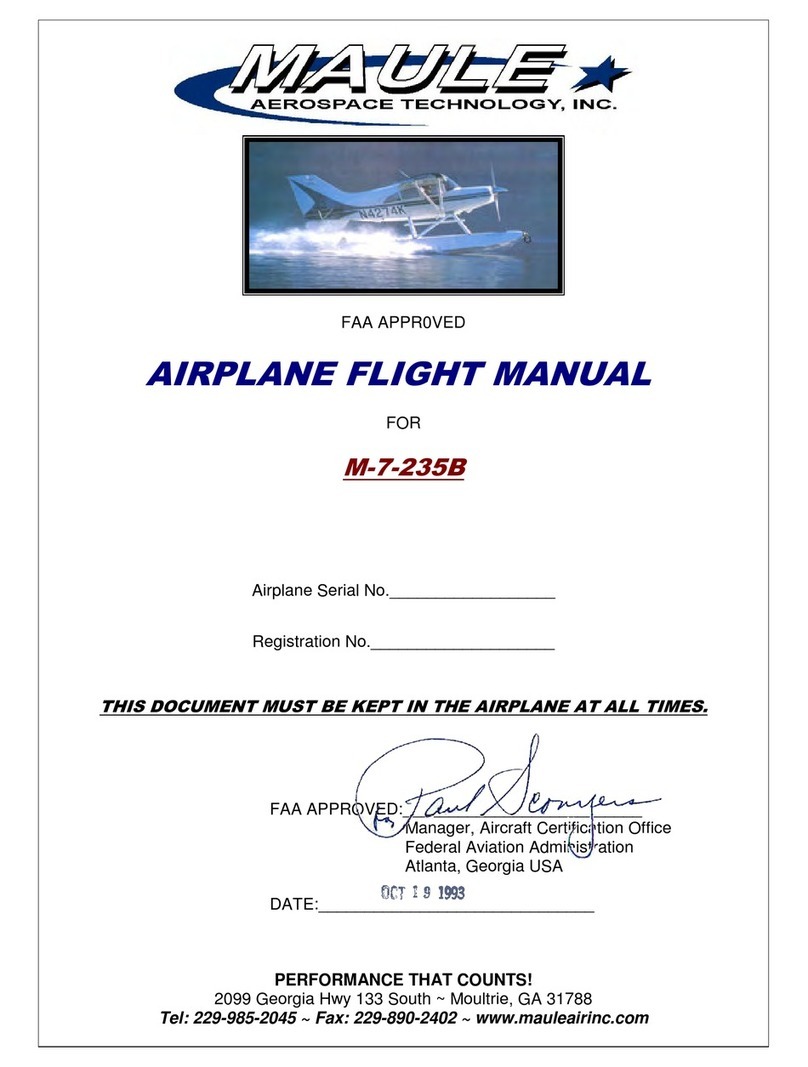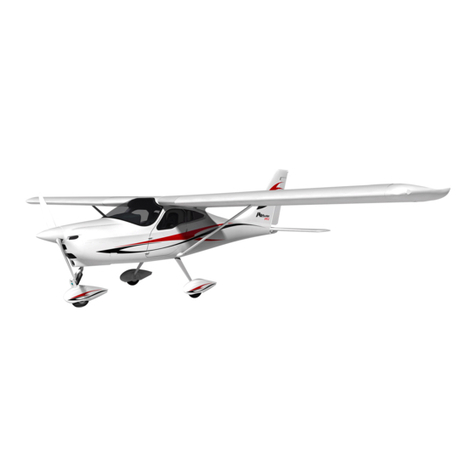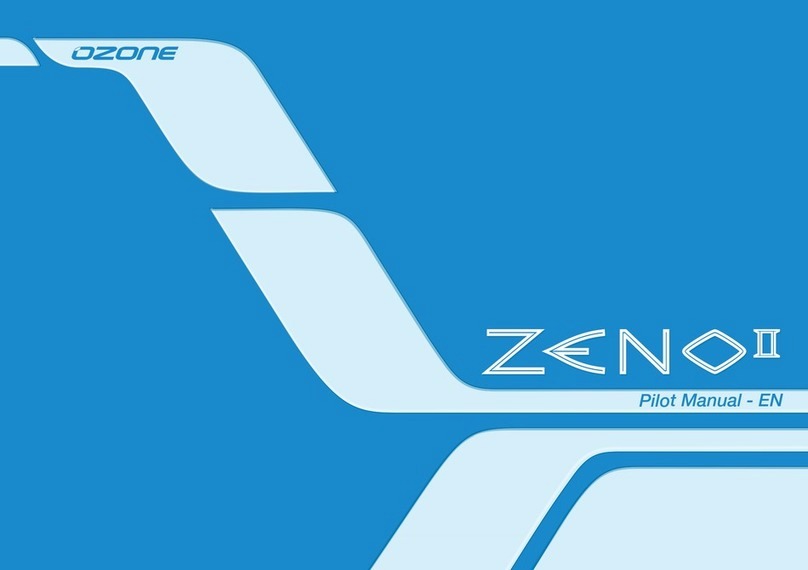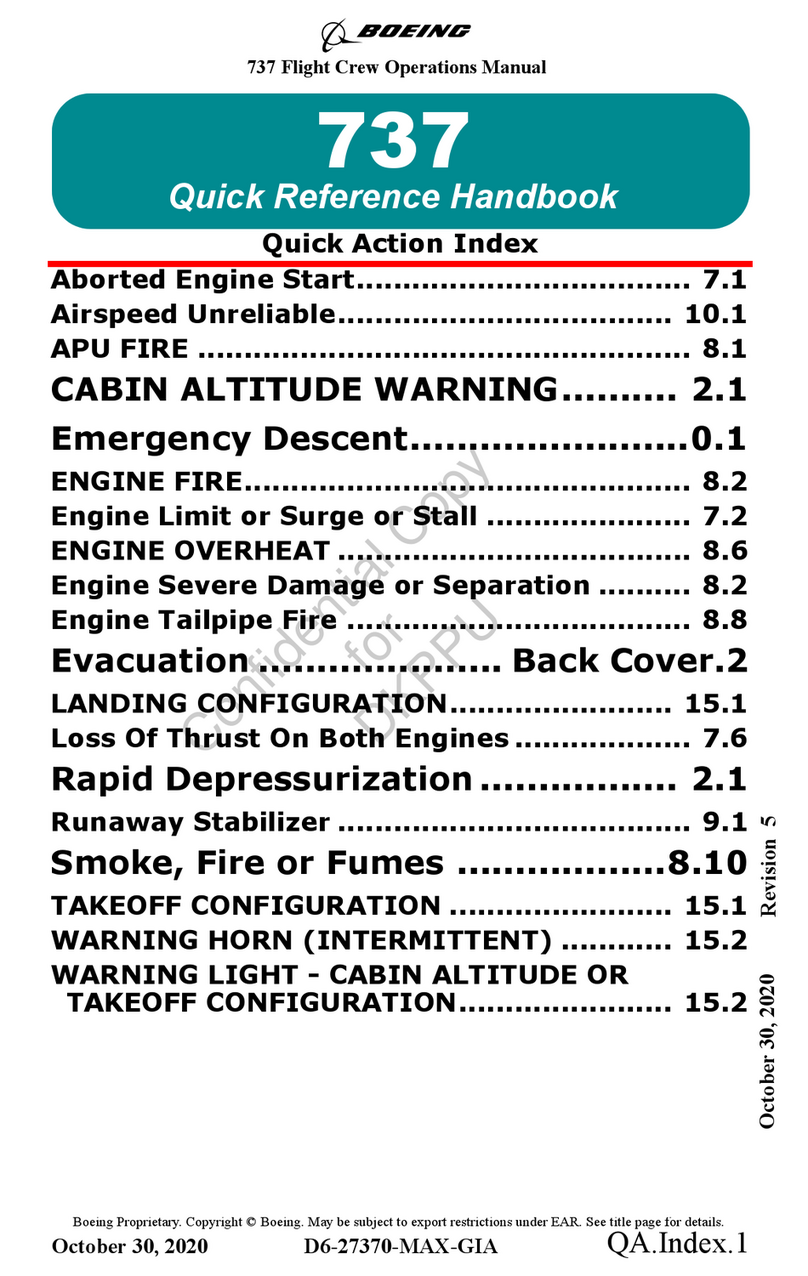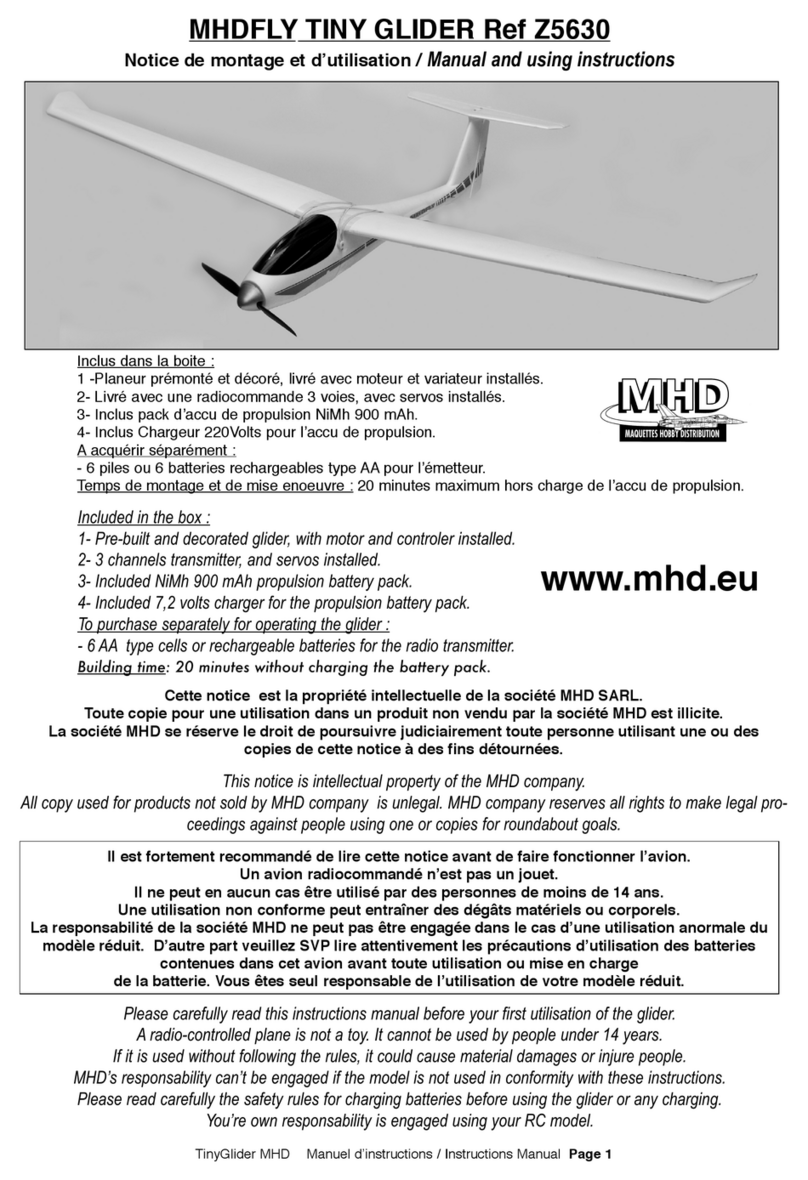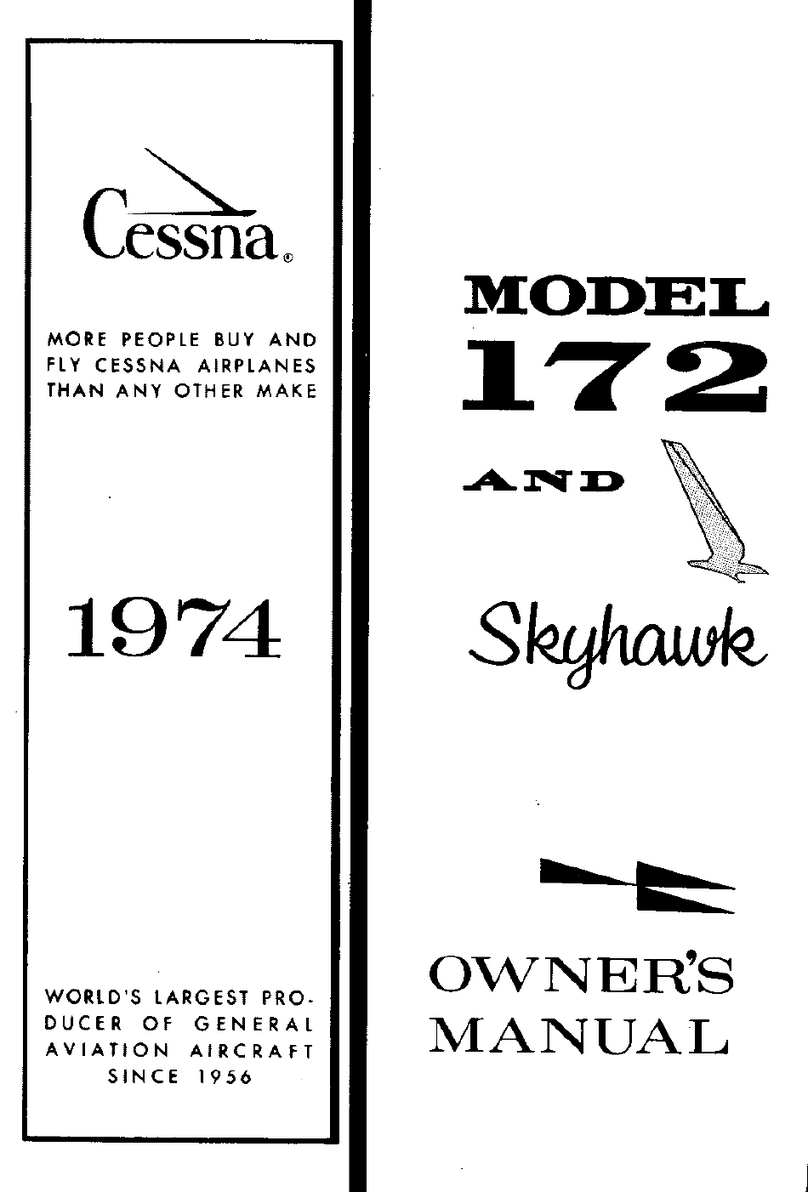
Flughandbuch XCitor - 2 -
CONTENT
CONTENT ............................................................................................................2
GENERAL INFORMATION ...................................................................................4
1.1
INTRODUCTION.....................................................................................4
1.2
CERTIFICATION.....................................................................................4
1.3
WARNING, SAFETY MEASURES...........................................................4
2
DESCRIPTION...............................................................................................5
2.1
FEATURES:............................................................................................5
2.2
TECHNICAL DATA..................................................................................5
2.3
3-SIDE-VIEW ..........................................................................................5
3
OPERATION LIMITS......................................................................................6
3.1
INTRODUCTION.....................................................................................6
3.2
AIR SPEED.............................................................................................6
4
ENGINE.........................................................................................................6
4.1
FUEL.......................................................................................................6
4.2
ENGINE OPERATION:............................................................................6
4.3
ENGINE INSTRUMENTATION................................................................7
5
WEIGHT, CENTER OF GRAVITY..................................................................7
6
PERMITTED MANEUVERS ...........................................................................7
7
STANDARD PROCEDURES..........................................................................7
7.1
INTRODUCTION.....................................................................................7
7.2
SET UP AND TEAR DOWN FOR TRANSPORTATION AND FLYING .....8
7.2.1
SAFETY ISSUES FOR GROUND TRANSPORTATION....................8
7.3
DAILY INSPECTION...............................................................................8
7.4
MAINTENANCE AND CARE ...................................................................9
7.5
PERIODICAL CHECKS:..........................................................................9
7.5.1
EVERY 25 HOURS ..........................................................................9
7.5.2
EVERY 100 HOURS ......................................................................10
7.5.3
EVERY 2 JEARS............................................................................10
7.6
OBLIGATION OF REGULAR CHECKS.................................................10
7.7
STANDARD PROCEDURES, CHECKLISTS, ENGINE START..............10
7.8
FLIGHTS UNDER SPECIAL CONDITIONS...........................................13
7.9
SPECIAL REMARKS.............................................................................14
8
EMERGENCY PROCEDURES ....................................................................15
8.1
INTRODUCTION...................................................................................15
8.2
ENGINE FAILURE ................................................................................15
8.3
ENGINE START DURING FLIGHT........................................................15
8.4
SMOKE OR FIRE ONBOARD ..............................................................16
8.5
FLYING WITH THE ENGINE SHUT OFF...............................................16
8.6
FORCED LANDINGS............................................................................16
8.7
LOSS OF DIRECTIONAL CONTROL....................................................16
9
XWING – THE WING OF YOUR XCITOR ....................................................16
9.1
DISCLAIMER AND EXCLUSION OF LIABILITY ....................................16
9.2
FOR YOUR SAFETY.............................................................................17
9.3
FEATURES OF THE XWING ................................................................18
9.3.1
DESCRIPTION OF THE XWING....................................................18
9.3.2
DESCRIPTION OF THE SUSPENSION SYSTEM..........................18
9.4
SETTING UP THE XWING AND TEST-FLYING....................................19
9.4.1
LAYING OUT THE PARAGLIDER AND PRE-FLIGHT CHECK.......19
9.4.2
6- POINT CHECK...........................................................................20
9.5
THE FIRST FLIGHT..............................................................................20
9.5.1
ADJUSTING THE MAIN BRAKE LINES .........................................20
9.5.2
USE OF THE TRIM SYSTEM.........................................................21
9.5.3
TAKE OFF, CRUISE AND LANDING:.............................................22
9.5.4
RAPID DESCENTS........................................................................23
9.5.5
NORMAL FLIGHT..........................................................................24
9.5.6
INSTRUCTIONS FOR EXTREME FLYING AND DANGEROUS
SITUATIONS ...............................................................................................25
9.6
MAINTENANCE AND CARE .................................................................27

